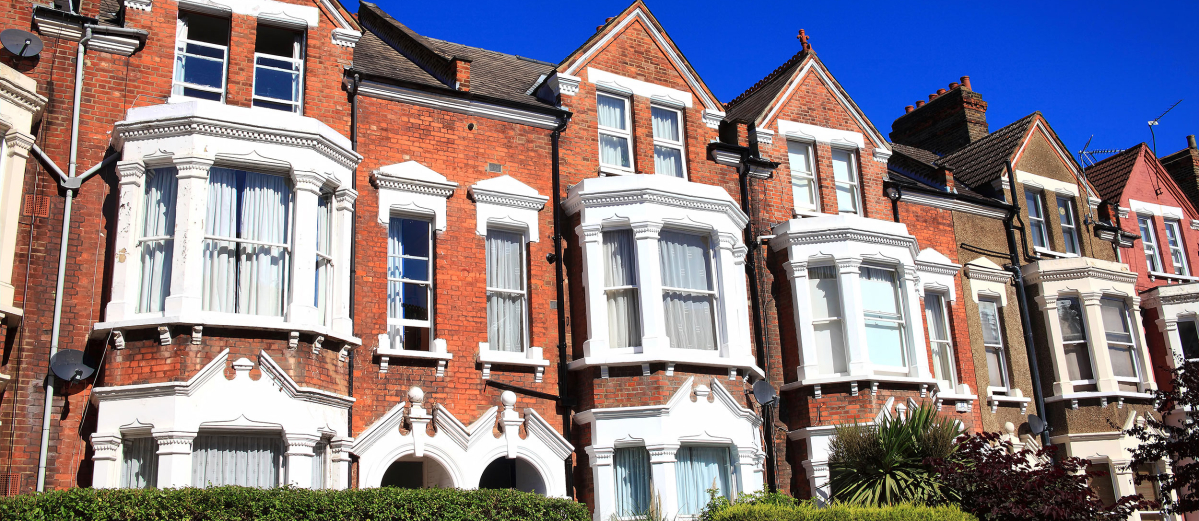

Real Estate -
Benefits and drawbacks of HMOs
From student accommodation to shared housing, HMOs are an attractive option for investors and landlords, but they don’t come without some compromises.
Recent stats show that the gross yield of houses in multiple occupancy (HMO) increased by a whole percentage point (to 9.6%) up to 2019. The gross yield for standard buy-to-let increased by just 0.3% over the same period.
It is – therefore - hardly surprising that HMOs have helped drive the recent growth in the private rented sector in the UK. From student accommodation to shared housing, HMOs are an attractive option for investors and landlords, but they don’t come without some compromises. We examine the benefits and drawbacks of HMOs.
The benefits of investing in HMO
- Better yields: HMOs offer up to three times higher rental yields than standard properties, making them a great choice for investors. The property’s location, condition, and interior will all determine the rent that can be charged to each tenant
- Fewer void periods: When Landlords rent out a property to one tenant or family, they will have to consider void periods - where the family moves out and the Landlord has to wait for another tenant to move in. In HMOs, it’s likely that at least some of the tenants will remain, even if another one is vacating, so not all rental income is lost overnight
- Arrears less likely: When you let out a house to multiple tenants, you balance the risk of late payments. If one tenant falls into arrears, the rest will still be contributing
- Tax benefits: As spending on HMOs is a revenue cost, this is tax-deductible
- High demand: Whether a Landlord is letting to students or multiple households, demand for HMOs has never been higher, particularly in cosmopolitan cities. An investor must identify the demand and competition before they invest in a property to maximise returns
The drawbacks of investing in HMO
- Mortgage: It can often be harder to secure a mortgage on an HMO than it is to secure a mortgage on a second home or buy-to-let property. Landlords may need to consider alternative financing options to fund the investment/renovation project
- Red tape: Landlords will need to cut through more red tape and overcome legislation to make their HMO work on a legal and financial basis
- Limited capacity: Many properties cannot be converted into HMOs. Landlords will need to find a large property that offers space for every tenant. In some areas, opportunities for HMOs are limited and properties that are ideal for HMOs command higher prices.
The positives and negatives associated with HMOs for landlords are something that must be considered carefully. The rules set out by the Government and local councils alike result in a relatively complex set of guidelines to work within.
However, if adhered to, landlords will likely have ownership of properties that are better managed and maintained than other privately rented, non-regulated properties which in turn will benefit tenants, who expect a better standard of accommodation nowadays than they did before.
Becoming a client
Take control of your finances today by completing our enquiry form. Alternatively, you can call us on the number below and one of our team will be more than happy to talk about your future.
Author -

Anusha Peries
Real Estate Advisor
Anusha Peries is a Real Estate Advisor at Arbuthnot Latham. She has MRICS accreditation and has more than 17 years of real estate advisory experience.